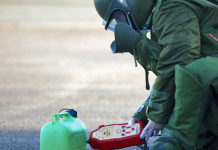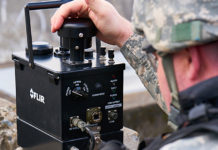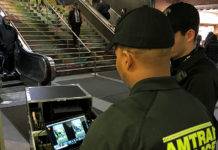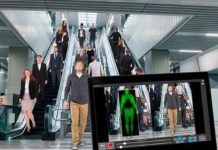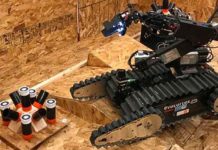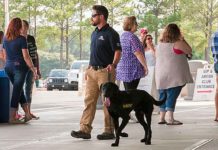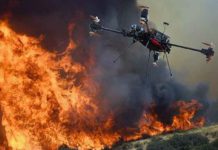UK Border Force Deploys Resolve Handheld HAZMAT Detection System
The UK Border Force is now using the Resolve handheld Raman system, a Gold Award Winner in the 2017 'ASTORS' Homeland Security Awards Program, from Agilent Technologies.
Providing a revolutionary new capability...
SOCOM Seeking Technologies for War in a Post-Cyberpunk Era (Multi-Video)
By Kelsey Atherton, C4ISRNET
The great trick of computers is that they enable people to be more than human.
In a new request for information, the U.S. Special Operations Command is looking for...
DHS S&T to Improve X-Ray Detection with $3.5M in Awards (Multi-Video)
The Department of Homeland Security (DHS) Science and Technology Directorate (S&T), a Platinum Award Winner in the 2018 'ASTORS' Homeland Security Awards Program, has awarded a total of nearly $3.5 million in funding...
FLIR Biological Agent Detectors to Support United States Forces Korea
FLIR Systems, Two-Time Winner in the 2017 ‘ASTORS’ Homeland Security Award Winner, and strong competitor in the 2018 ‘ASTORS’ Awards Program is in receipt of an order for FLIR IBAC 2 biological agent detector systems...
As Terrorism ‘Goes to Ground,’ Need New Approach to Checkpoint Security
Guest Editorial by Kevin Gramer, Vice President, Thruvision
Since the terrorist attacks of 9/11, protecting the flying public has been the top priority of the U.S. Transportation Security Administration (TSA).
A focus of...
New Devices to Detect Suicide Vests in PANYNJ’s Bus Terminal (Video)
The Transportation Security Administration (TSA) and the Port Authority of New York and New Jersey (PANYNJ) are partnering to test new security technology that can help officials detect whether an individual...
FBI Announces Executive Cyber, IT & WOMD Leadership Appointments
FBI Director Christopher Wray has announced the following leadership appointments:
Amy Hess Named Executive Assistant Director of the Criminal, Cyber, Response, and Services Branch
Ms. Hess most recently served as the special agent...
RoboCup 2018: S&T Test Methods to Evaluate Rescue Robots (Multi-Video)
Since 1997, several continents have played host to an international soccer tournament. No, not the World Cup, the RoboCup.
Robots of all shapes and sizes test their “metal” in the world’s favorite...
Calling All K9 Teams: US Dog Detect-ion Conf (Learn More, Multi-Video)
The American Kennel Club will host the 2018 AKC US Dog Detection Conference Tuesday, August 28th – Thursday, August 30th, 2018 in Durham, NC to explore solutions to the shortage of domestic dogs for explosives detection...
Fire Technology, Drones & the Need for Counter-Technology (Multi-Video)
Guest Editorial by Charles Werner, Public Safety Advisor & Chair, National Council on Public Safety UAS (NCPSU)
Over the past year, unmanned aircraft systems (UAS)—aka drones—have demonstrated their value to public safety organizations worldwide...













